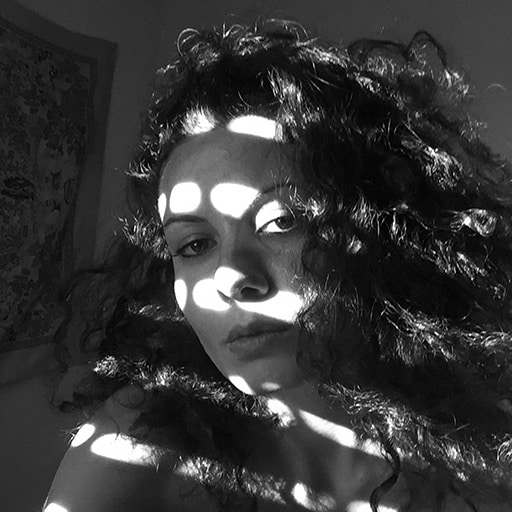1. Understand the basic principles of editing and sequencing
According to the nature of your project and the destination you have in mind for it, you’ll make different choices during the editing process.
To get an idea, a good exercise is ...

1. Understand the basic principles of editing and sequencing
According to the nature of your project and the destination you have in mind for it, you’ll make different choices during the editing process.
To get an idea, a good exercise is ...



You’re getting blind.
Don’t miss the best of visual arts. Subscribe for $9 per month or $108 $90 per year.
Already subscribed? Log in